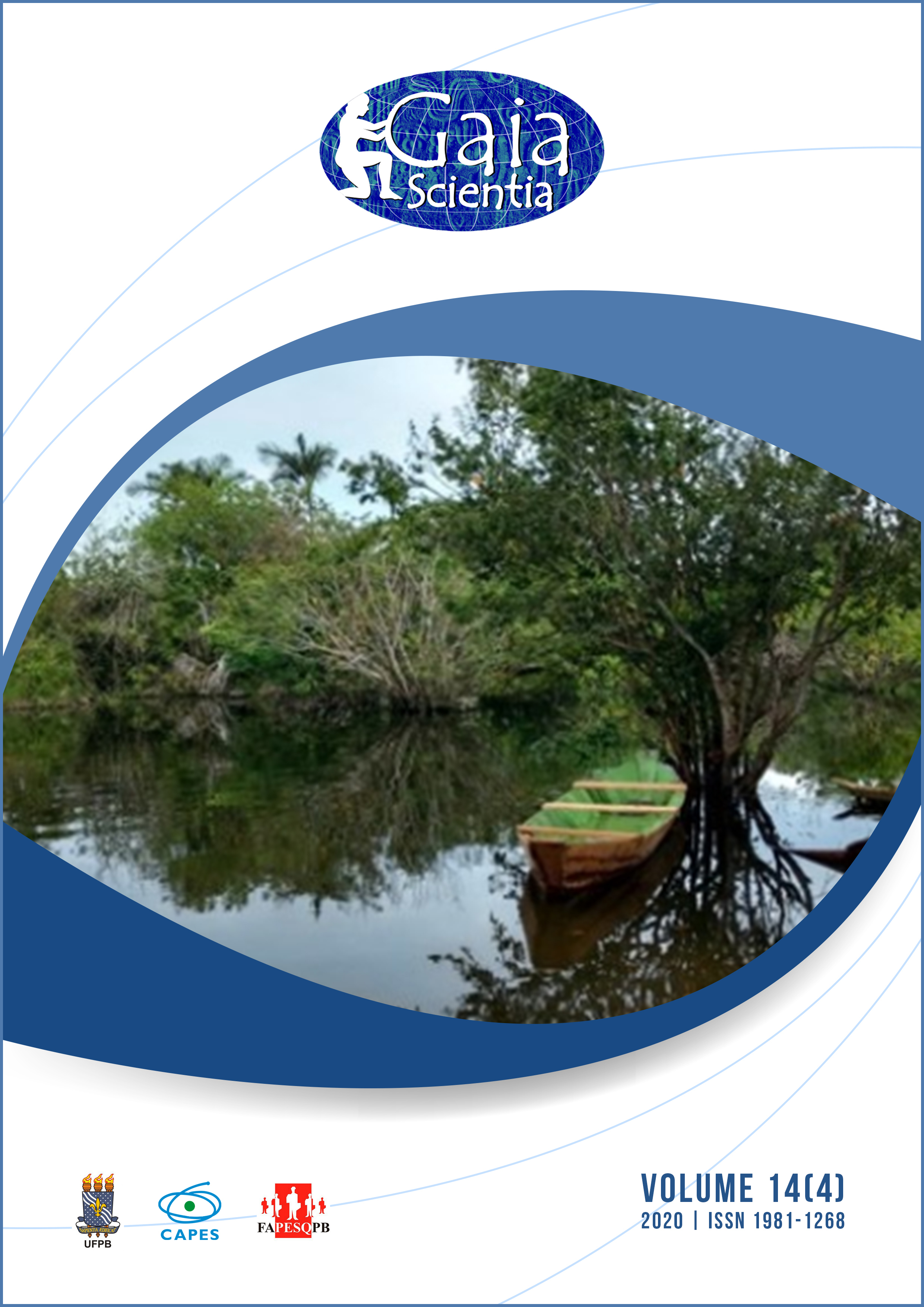The dynamics of power in the appropriation of hydric resources: case study of the drainage basin of the Urussanga river, SC
DOI:
https://doi.org/10.22478/ufpb.1981-1268.2020v14n4.55058Abstract
We live in a context of hydric stress resulting from the hegemonic economic model, responsible for an unprecedented global environmental crisis, which has been causing the devastation of ecosystems and ecological imbalance. Such a picture can be seen in the Drainage Basin of the Urussanga River, in the South of Santa Catarina, where economic activities, such as coal mining, have promoted severe environmental degradation, contaminating soil, water, and air. This is the smallest drainage basin in Santa Catarina, but with environmental liabilities that have yet to receive intervention. In view of this scenario, the present study intended to analyze the power dynamics that determine the appropriation of hydric resources in this territory. To this end, a qualitative research was carried out, in the bibliographic, documentary and case study modalities, using an analysis instrument with a focus on the appropriation of common resources. As a result, it is possible to see a superposition of power in the economic sector in relation to the collective interest, as in hydric management, the performance of which, as a sector, is aligned with political segments, identifying factors that show asymmetry in the decision-making spaces. In this context, the coal industry stands out, using strategies such as financing political campaigns to preserve itself, even if confronted with unsustainability indicators. Concomitantly, the legal instruments of hydric protection are insufficient to prevent the pollution.










